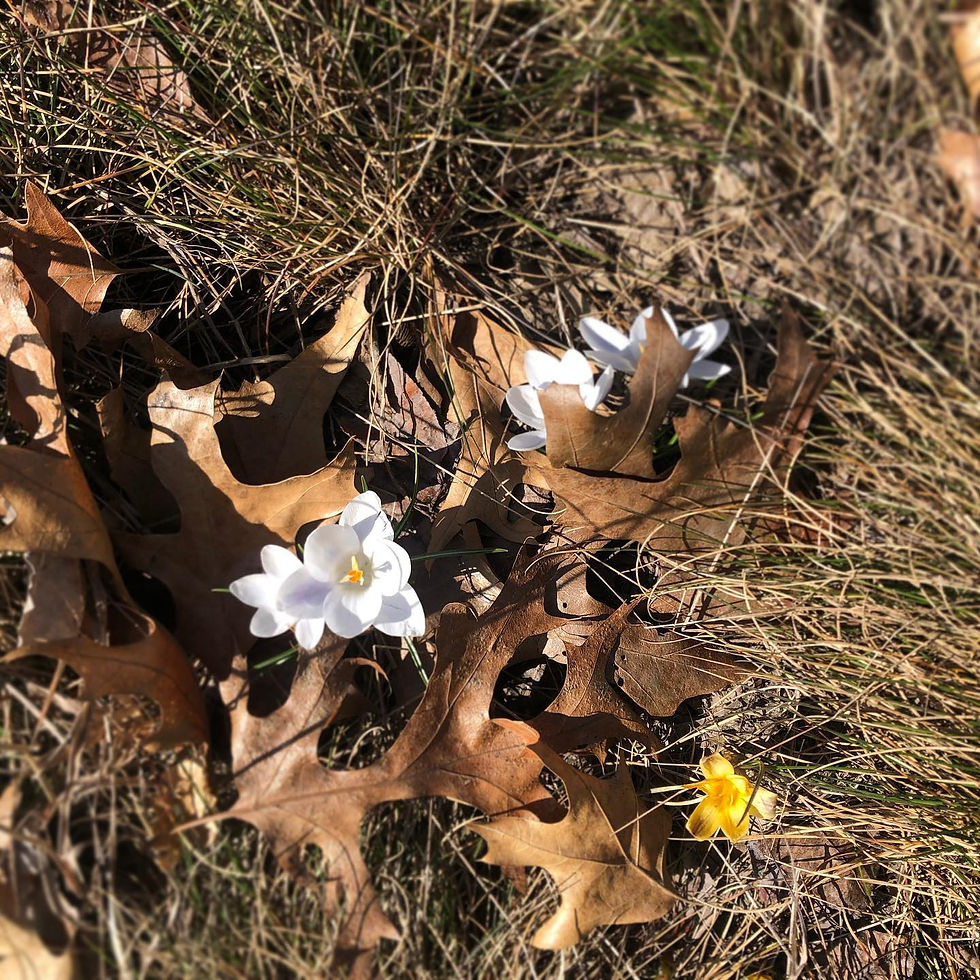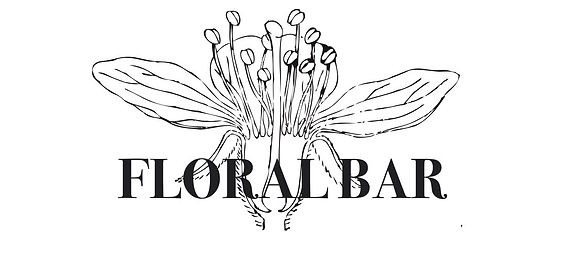Spring Clean-Ups
- Leah Marie

- Apr 8, 2021
- 3 min read
Now is the perfect time to set your garden up for success by clearing away the old to make way for the new. It’s important to clean up your growing spaces at the start of the season because old dead plant matter can harbor fungus and disease that can infect your soil and kill your plants. However, this also doesn’t mean you should hack down and pull up everything until it looks like an overzealous Brazilian wax.
The trick to Spring cleanup and garden prep lies in knowing where the “good bugs” and the “bad bugs” dwell. For example, when trimming and pruning, be aware that some of this old growth serve as a habitat for pollinators and other advantageous critters. Conversely, decaying vegetation and mulch, especially rotted fruit in your veggie beds, can attract harmful fungi, bacteria, and vermin. Here are some helpful tips and rules of thumb to prep for a lush and fruitful growing season.

Timing:
Be sure to wait to prune until the threat of frost has passed. You’ll know it’s safe when the temperature is over 50 degrees for more than seven consecutive days. Depending on your climate, you’ll want to let your garden beds dry out from snow and ice before you work in them, otherwise, it will become too dense for plants to emerge and grow roots. You’ll know it’s ready when you can no longer easily squeeze it into a ball. Waiting for these signs also ensures that you won’t be disturbing pollinators and “good bugs” as they hibernate.

Where to start?
I like to begin by clearing out the dead matter first. This means trimming back woody plants and perennial shrubs but be sure to leave about 8 inches as a home for pollinators. As for the evergreen and semi-evergreen plants, only trim tattered and damaged foliage in order to make way for new growth. Clear out old mulch, dead annuals, and any remnants of annual fruiting plants from last year, as these can attract vermin and also drop seeds where you may not want them to grow. This is a great opportunity to get a head start on weeding, as well! If you compost, DO add the old-growth you’ve pulled up, but DON’T add the weeds!

The next step is to prep your beds. Once they've dried out, you may need to shore up any edging that has broken down over the winter. Rake up any old mulch or dead leaves (and compost them!) before you turn over the soil to ready it for planting. Now would be a good time to test your soil’s nutrients, and then choose a fertilizer tailored to correct any imbalances. I like to do this in one big step, tilling the old soil with new soil, compost, and fertilizer. If you use this strategy, remember to let the fertilizer sit for at least a week or two before planting, to protect the seeds and young plants from getting nitrogen burn.

The next step is to add your ground cover. We at Floral Bar prefer to avoid mulch as much as possible, opting instead for ground covering plants. This is an important and somewhat controversial topic and warrants its own post, so stay tuned!

Don’t know where to begin? Lack the time to get your outdoor space growing? Reach out to us for your garden design and landscaping needs!
_edited.jpg)





Comments